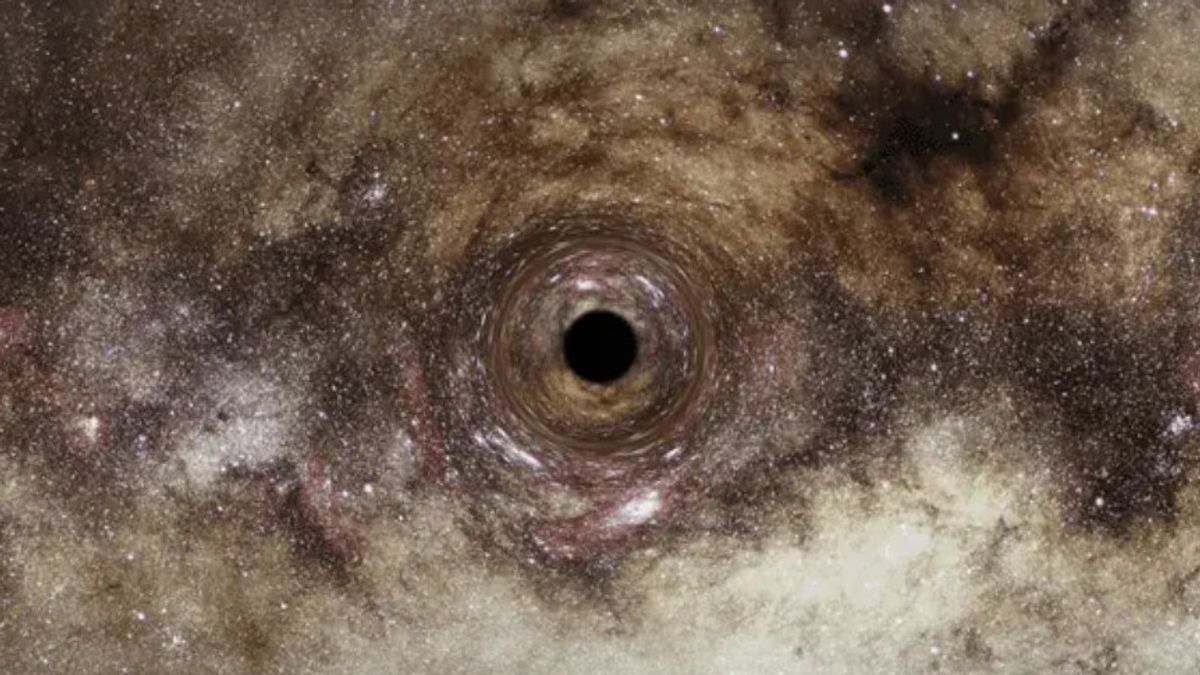JAKARTA - One of the largest black holes ever in the universe has been discovered by astronomers using new techniques. Called the largest because it has 30 billion times the sun.
In contrast to the usual galaxy's supermassive black hole, whose mass ranges from several million to several billion solar masses, astronomers call this new cosmic giant an ultramassive black hole.
To find the ultramassive black hole, astronomers at the University of Durham, UK and the Max Planck Institute in Germany, use a mixture of gravitational lensing and computer simulations.
"This special black hole, which is approximately 30 billion times the mass of our Sun, is one of the largest ever detected and is at the upper limit of how large we believe it could be a black hole theoretically, so this is a very interesting discovery," said physicist James
Gravitational lensing is a technique that makes astronomers observe how light moves through a region of space. In the case of this ultramassive black hole, the light curves exponentially around it.
In the process, the bending of light basically enhances the image of a distant object, acting like a kind of cosmic magnification glass.
A group of astronomers first saw a deflection of light around this ultramassive black hole in the center of Abell 1201 in 2003.
Using these techniques, astronomers can identify how light is deflected by massive black holes inside distant galaxies, even though it is hundreds of millions of light-years away from Earth.
To prove the truth, astronomers then looked at the location and size of the black hole with supercomputer simulations of data captured by NASA's Hubble Space Telescope, ESA and its international partners.
The data encoded in the twisted light suggests that it passes through a black hole roughly 30 billion times the mass of the sun, which is around the black hole's boundary, can grow.
The discovery, published in the Monthly Notices of the Royal Astronomical Society, marks the first time a black hole has been discovered using gravitational lensing, as quoted by ZmeScience, Monday, April 3.
With this technique, astronomers hope to peer deeper into the universe and find more ultramassive black holes like this, which have been included in the top 10, which has ever been detected.
Most of the largest black holes we know are active, where material pulled near black holes heats up and releases energy in the form of light, X-ray, and other radiation, "saidOK.
"However, gravitational lensing makes it possible to study inactive black holes, something currently impossible to do in distant galaxies," he added.
The English, Chinese, Japanese, Arabic, and French versions are automatically generated by the AI. So there may still be inaccuracies in translating, please always see Indonesian as our main language. (system supported by DigitalSiber.id)













